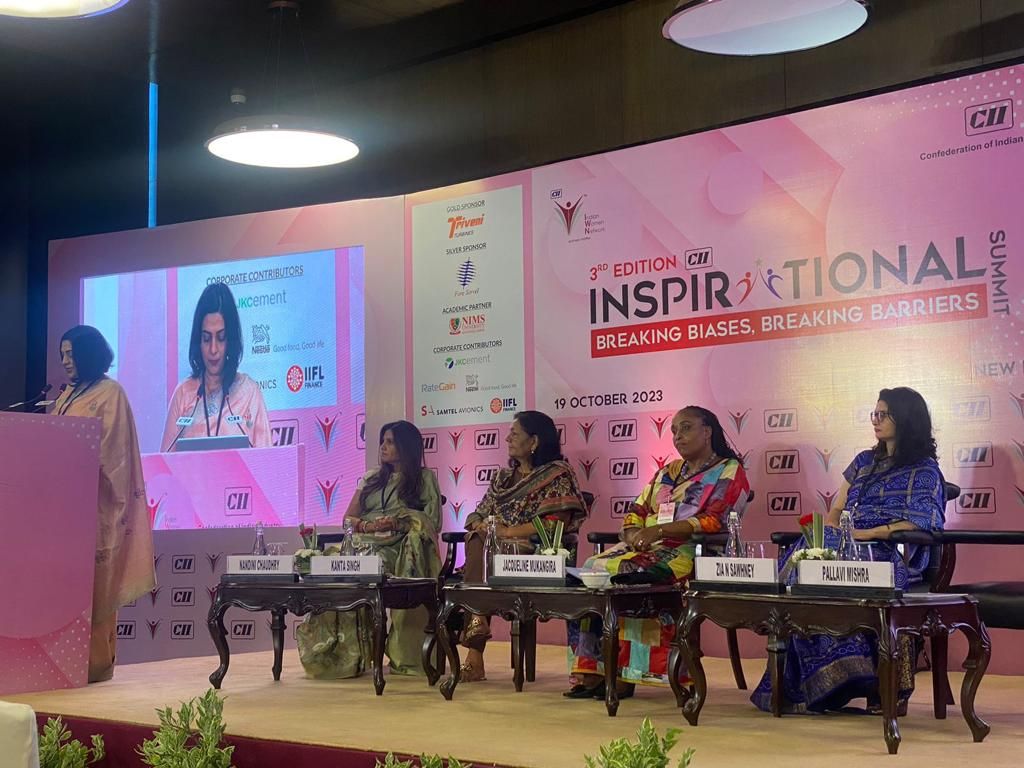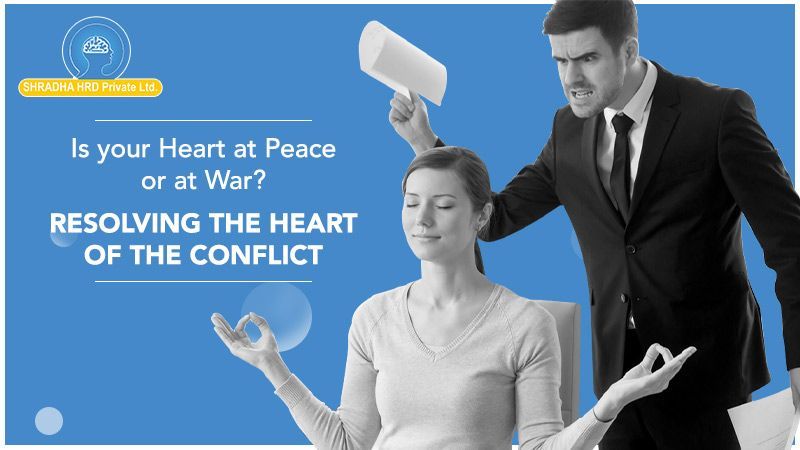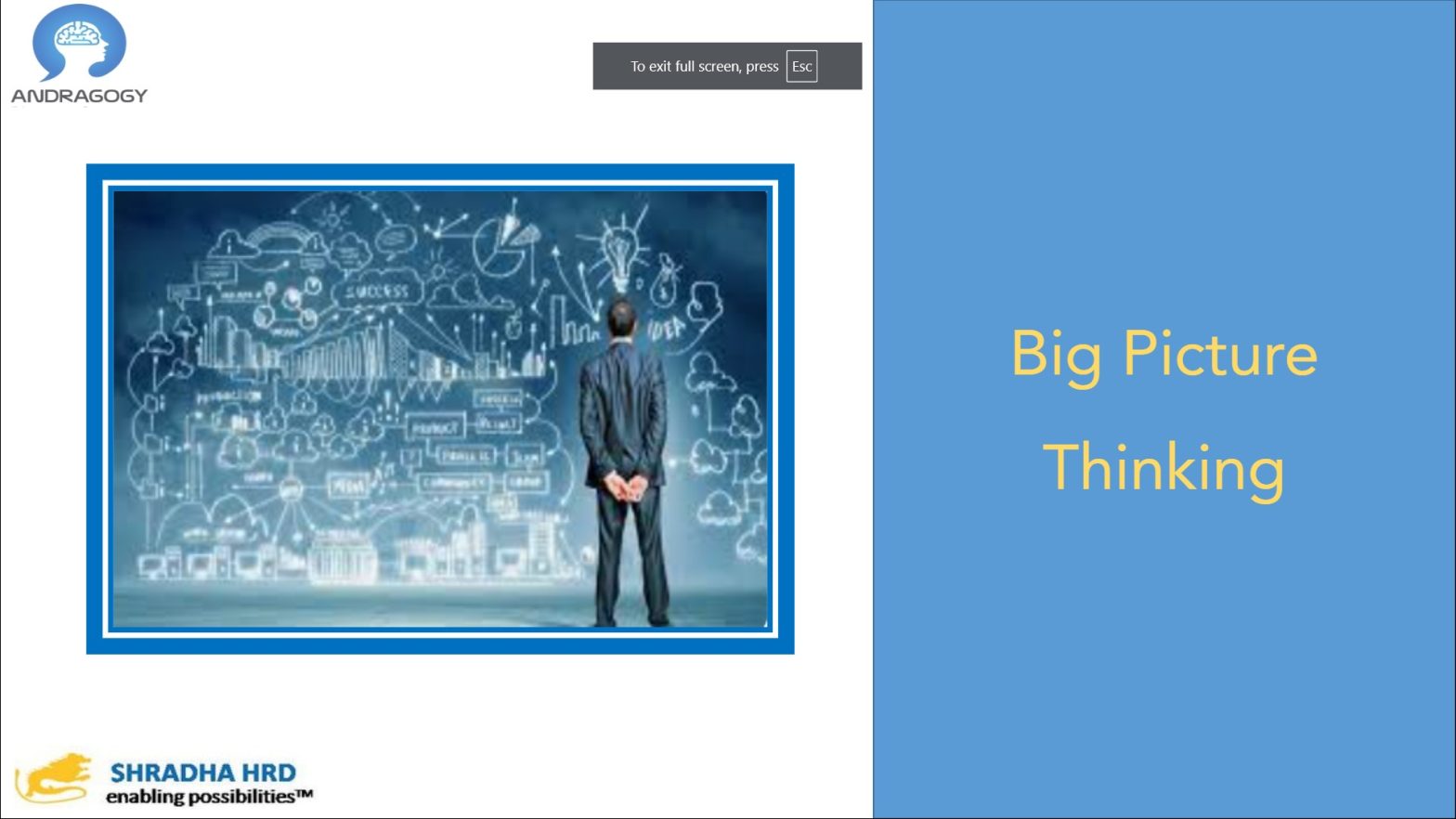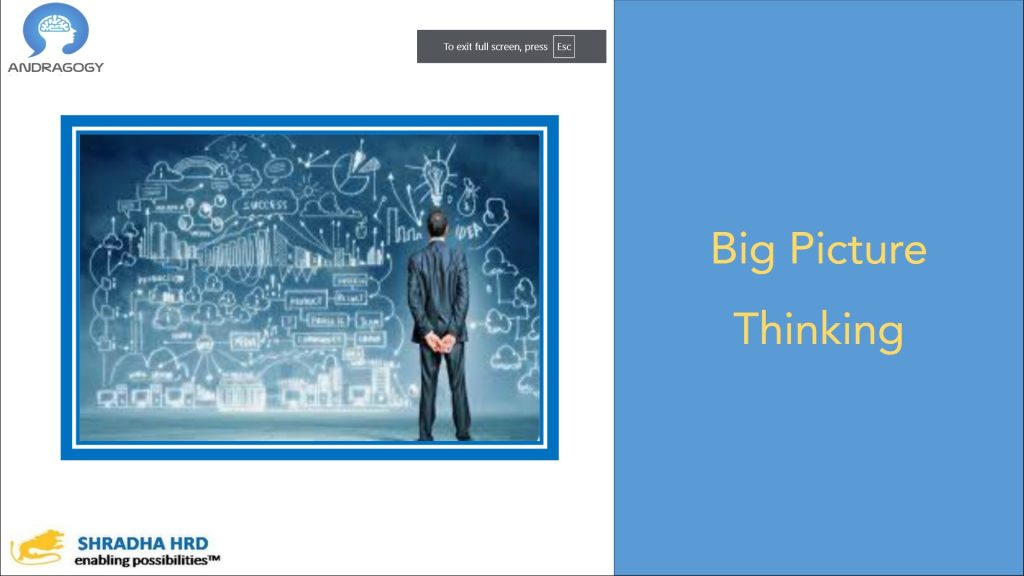
It’s always a pleasure to work on events like breaking biases and breaking barriers with the Thought Leadership team at CII-IWN. Truly women supporting women.
The key note speakers and panelists were a diverse group with hugely interesting perspectives-the high commissioner of Rwanda, Deputy country rep United Nations India…
A panel of women from completely different walks of lives…what they have in common…breaking the glass ceiling in male dominated environments
And a group of individuals-performers, filmmaker’s, journalists that had shattered stereotypes and broken the mould.
My take away’s
The positives:
- India has a very progressive constitution with respect to gender equality and a robust legal framework to support.
- 4,200 women directors in over 3200 companies. A lot of these numbers have come about in the last 10 years
- Women shattering the glass ceiling and moving into domains where they were never present before – the Armed Forces, on assembly lines in heavy manufacturing, as heads of multinational organizations and agencies
Work still to be done:
- 13% of the world’s land is owned by women
- In India, only 24% of women participate in the workforce
- 40% women in IT at the entry level, moves to 3% at top management levels
Above all, if women support women…we can create magic. I see it everyday, at Shradha HRD, where we are 90% women dominated and at platforms like CII-IWN where women truly support women!!!!!!!



 The Landscape:
The Landscape: